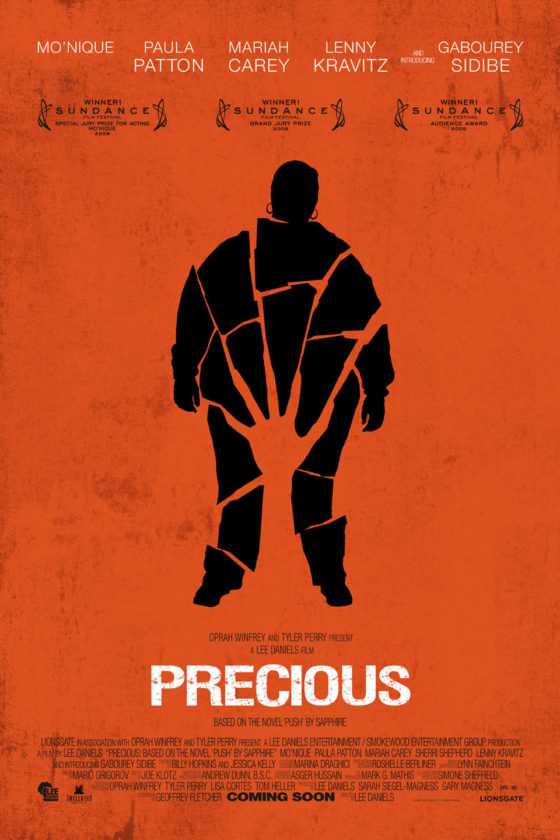Forces close in on Baghdad
U.S. troops closed to within 20 miles of Baghdad on Wednesday, punching through the remnants of Republican Guard divisions and rolling nearly within sight of Saddam Hussein’s seat of power.
“The dagger is clearly pointed at the heart of the regime,” said U.S. Brigadier General Vincent Brooks. “We know we have the regime on the run.”
Still ahead: the battle for the capital itself. Still unknown: the location of thousands of Republican Guard troops who seem to have vanished in the fields and marshes, the sandy hills and lush rice fields.
“It’s going very well and that makes me nervous,” said Col. Larry Brown, chief operations officer for the 1st Marine Expeditionary Force. “I fully expected a staged defense, but they just weren’t there.”
Some officials believed that those troops from the Republican Guard’s Baghdad, Medina and other divisions retreated closer to Baghdad, establishing a tight defensive ring around a city now under direct threat of ground attack.
Officials at the Pentagon said U.S. forces advanced to within 30 miles of Baghdad, but field commanders said some units pushed at least 10 miles closer. No new U.S. casualties were reported; the U.S. death toll stood at 49.
Meanwhile, some progress was reported in northern Iraq, where a U.S. airborne brigade prepared to move toward a ridge of hills about 50 miles northeast of Baghdad. The unit was backed by U.S. air power, special operations forces and tens of thousands of Iraqi opposition fighters, according to U.S. and opposition officials.
They said the withdrawal of Republican Guard divisions that had been guarding the northern cities of Mosul and Kirkuk appeared to have cleared a path for a U.S.-led force that could advance on the capital from that direction.
“We soon will be closing in on Baghdad from all directions, including the north,” said a senior administration official in Washington, who requested anonymity.
But he and others cautioned that dangerous days still lay ahead.
“We are expecting or at least planning for a very difficult fight,” said Maj. Gen. Stanley McChrystal at the Pentagon. “We are not expecting to drive into Baghdad suddenly and seize it.”
In addition, the U.S. advance has crossed the so-called “red line,” the boundary beyond which a desperate Iraqi regime could unleash its full fury, including chemical and biological weapons. Thus far, no such weapons have been used or found.
“Clearly, as we threaten the core of the regime … we believe that the likelihood of them using those weapons goes up,” McChrystal said.
In a key accomplishment Wednesday, U.S. Marine units crossed the Tigris River, hauling tanks and artillery over a seized bridge and gaining control of all major routes to the capital from the southeast, officers said. They also captured an airport at Numaniyah, 90 miles southeast of the capital.
That offensive saw 5,000 Marines threaten the Baghdad Division of Saddam’s vaunted Republican Guards from south of the city of Kut, while another 10,000 Marines raced undisturbed to the north, trapping elements of that division.
The Marines encountered only sporadic resistance from small, lightly armed units. “We are attacking, so far, a hollow force,” said Lt. Col. Dave Pere.
U.S. military officials said the Iraqi division’s leadership was broken, its equipment ruined and many of its soldiers killed or captured.
“The Baghdad division has been destroyed,” Brooks said, though he offered no evidence.
Along the western front, U.S. Army units smashed through the Karbala Gap, seized control of a dam and, within a few hours, cut by more than half their distance to Baghdad.
They also seized a bridge over the Euphrates River near Hindiyah that Iraqis had rigged for destruction but was still intact. Resistance from the Medina and at least one other Republican Guard division also was described as sporadic.
As on the eastern front, unrelenting air strikes and rocket and artillery fire appeared to have taken their toll on Iraq’s best-trained and best-equipped forces.
Hundreds of Iraqi soldiers were killed or wounded. Smoldering wrecks of enemy vehicles littered the landscape in every direction. Many other vehicles lay abandoned.
McChrystal said some of Iraqi forces were concentrated south of the city but their precise components, strength and plans were unknown.
“Are they as weak as we think they are?” McChrystal said. “The battlefield will prove that, but we hope.”


